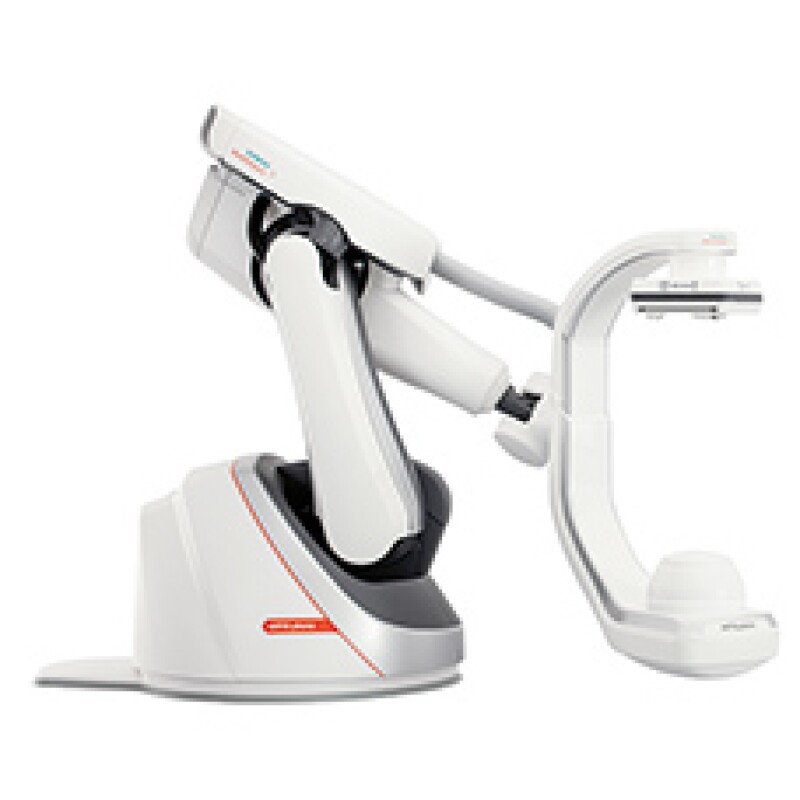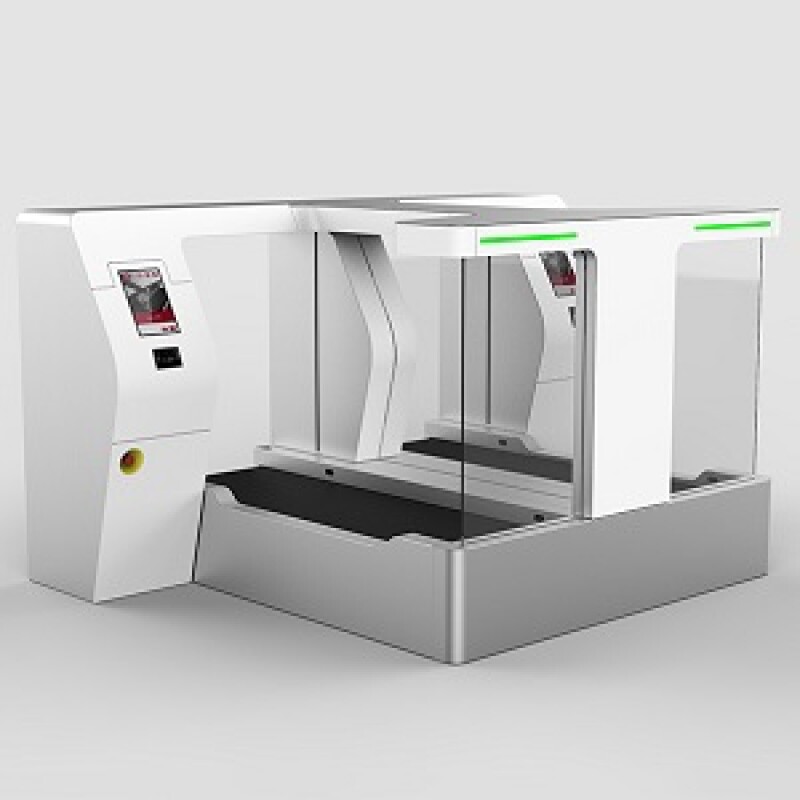
The second edition of the DesignEuropa Awards, organised by EUIPO, was held in Warsaw, Poland on November 27.
The winner in the small and emerging companies category was the Air.Go 2.0 automatic bag drop system (RCD number 003362748), owned by Danish company Marcus Pedersen. The ARTIS pheno robotic C-arm angiography system (RCD number 001453740) by Siemens Healthcare won the industry award.
A lifetime achievement award was also presented to German designer Hartmut Esslinger, who has worked with companies such as Sony and Apple over his long career.
A jury comprising design law specialists, designers and entrepreneurs chose the winners. The jury was chaired by Luisa Bocchietto, president of the World Design Organization.
They jury’s judging criteria were: aesthetic value and visual appeal; demonstrable impact on the market; and sound marketing and management of design and other IP rights. All registered Community design holders were eligible for the awards.
ARTIS pheno robotic C-arm
Markus Weingarten of Siemens Healthineers describes the award-winning ARTIS pheno robotic C-arm angiography system as “one of the most complex designs we’ve ever done”. The product – which is used in minimally invasive surgery, interventional radiology and interventional cardiology – is a complex piece of engineering presented in a smooth, patient-friendly and easy-to-operate design.

“The design is not just about looking nice. It’s also functional,” adds Weingarten. For example, the skin-like surface is easy to clean, the product incorporates a collision-protection system and the extensive electronics and cabling in the robot are deliberately hidden to reduce barriers and simplify procedures.
Tobias Reese of at-design GbR (who worked on the development alongside in-house designers) says this created different challenges, compared to other industrial projects he has worked on: “This is like an industrial robot but not in an industrial environment. We had to work out how to give it a human touch.” For that reason, says Siemens Healthineers designer Nadja Roth, design was involved “as early as possible” in the development process: “Design influenced the technical package and vice versa. It’s an iterative process.”
IP protection for such a complex product requires the usage of different kind of IP rights, including designs, patents and copyright (for the source code), as IP counsel René Kartmann explains. “Throughout the product development there was close collaboration between R&D, designers and IP. For example, we had to consider at what stage we should file for design protection. That was a challenge that could only be overcome by close collaboration and setting up processes to ensure optimal communication with the different departments.”
Air.Go 2.0
The Air.Go system has been installed in airports such as Toronto Pearson, Bangalore and Hamburg. The company’s owner and CEO, Niels Marcus Pedersen, says it was designed to make checking in luggage intuitive, simple and stress-free, while allowing for the fact that airports have different requirements and some procedures (for example regarding security) change over time. “The functionality and aesthetics are cut to the bone,” says Pedersen.

Lead industrial designer Sara Clement adds: “We wanted to ensure you have a good feeling when you start your trip. So there is only one button to push and all the technical stuff is hidden.”
To achieve this simplicity, the design team spent time researching how both regular and occasional air passengers use baggage systems, including many hours observing behaviour in airports.
Despite the specialised nature of the product, Pedersen says: “We’ve already had people trying to copy us.”
As well as registered design rights (registration 003362748-0001), the company owns an EU trade mark for Air.Go but does not have any patents relating to this product.
Find out more about the two winning designs, and the other finalists, on the EuropaDesign home page.










